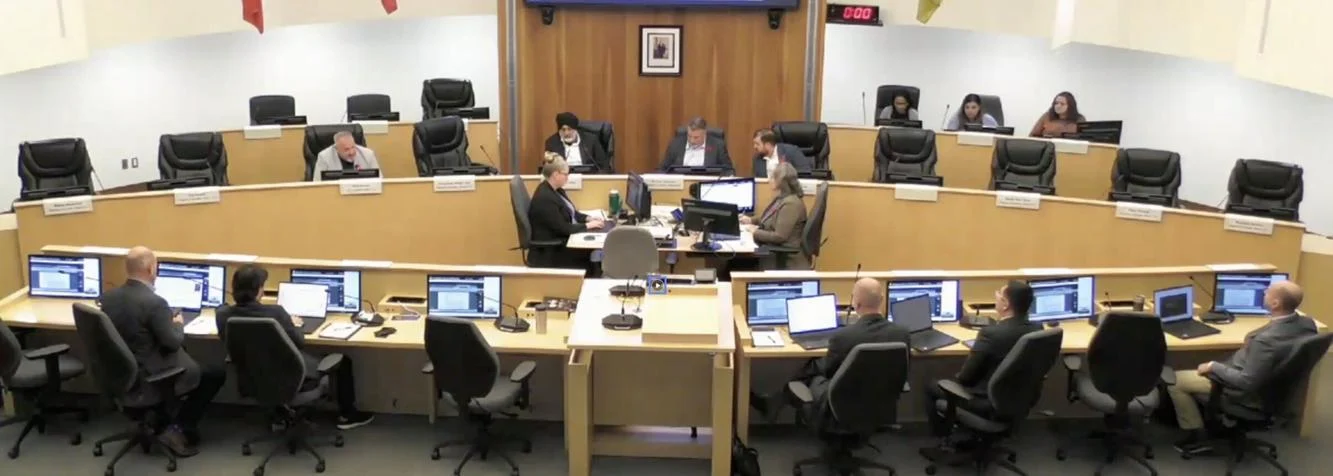A heated debate over how to preserve Brampton’s dwindling supply of affordable rental housing has led city officials to hit pause on a proposed bylaw designed to curb demolitions and conversions of existing rental units.
At its Nov. 3 planning and development committee meeting, councillors voted to refer the proposed residential rental conversion and demolition bylaw back to staff for further review. The move came after hours of testimony from tenant advocates, housing organizations, and lawyers representing property owners and developers.
The draft bylaw would have required landlords or developers seeking to demolish or convert rental properties with six or more units to replace or retain those units in any new development — but only if one of two key conditions applied:
- Brampton’s average rental vacancy rate has been below 3 per cent for the past three years; or
- The affected units are classified as affordable under city guidelines.
Housing advocates urged the city to adopt the measure quickly, warning of what they called a “slow erosion of affordable housing” as investors buy and redevelop older buildings.
“This bylaw is a progressive step to prevent the loss of low-income rental buildings and the eviction of vulnerable tenants,” said Michelle Bilek of the Peel Poverty Action Group. She added that it would help address renovictions and demovictions, and ensure displaced residents could return to rebuilt properties at similar rents.
Lindsay Blackwell, of the tenant support coalition No Demovictions, called the proposal “critical,” saying every demolition “destroys homes, communities, and lives.”
But landlord and developer representatives argued that the bylaw, as drafted, could halt investment and redevelopment altogether.
“Full rental replacement is prohibitively costly — it’s tantamount to a freeze on redevelopment,” said Benjamin Charlebois of Cohen Highley LLP, speaking on behalf of a coalition of property owners. “Good intentions don’t always make good policy.” He urged the city to form a stakeholder working group to resolve ambiguities and ensure the bylaw is “clear, consistent, and workable.”
Adrianna Pilkington, a lawyer with Cassels Brock and Blackwell LLP, echoed the call for additional consultation, warning that unclear regulations could discourage reinvestment and lead to older buildings falling into disrepair.
The proposed bylaw stems from a motion by Councillor Rod Power, who said the goal was to protect existing rental homes as redevelopment pressures intensify. “Long-standing rental buildings face pressure for demolition or conversion into ownership or luxury tenure,” Power said. “That reduces the supply of rental homes for working families, seniors, and moderate-income residents.”
Committee chair Councillor Michael Palleschi said that while protecting renters is vital, the city has already launched several major initiatives to boost rental construction and affordability — including a 50 per cent regional development charge reduction and a city program offering up to a 100 per cent development charge cut for purpose-built rental housing that remains rental for at least 25 years.
“With these incentives now being implemented, it’s prudent to pause the bylaw to assess how effective our current programs are,” Palleschi said.
For now, Brampton’s pause signals a balancing act between protecting tenants and keeping developers engaged — a reflection of the city’s broader struggle to grow its housing supply while keeping it affordable for the people who need it most.

